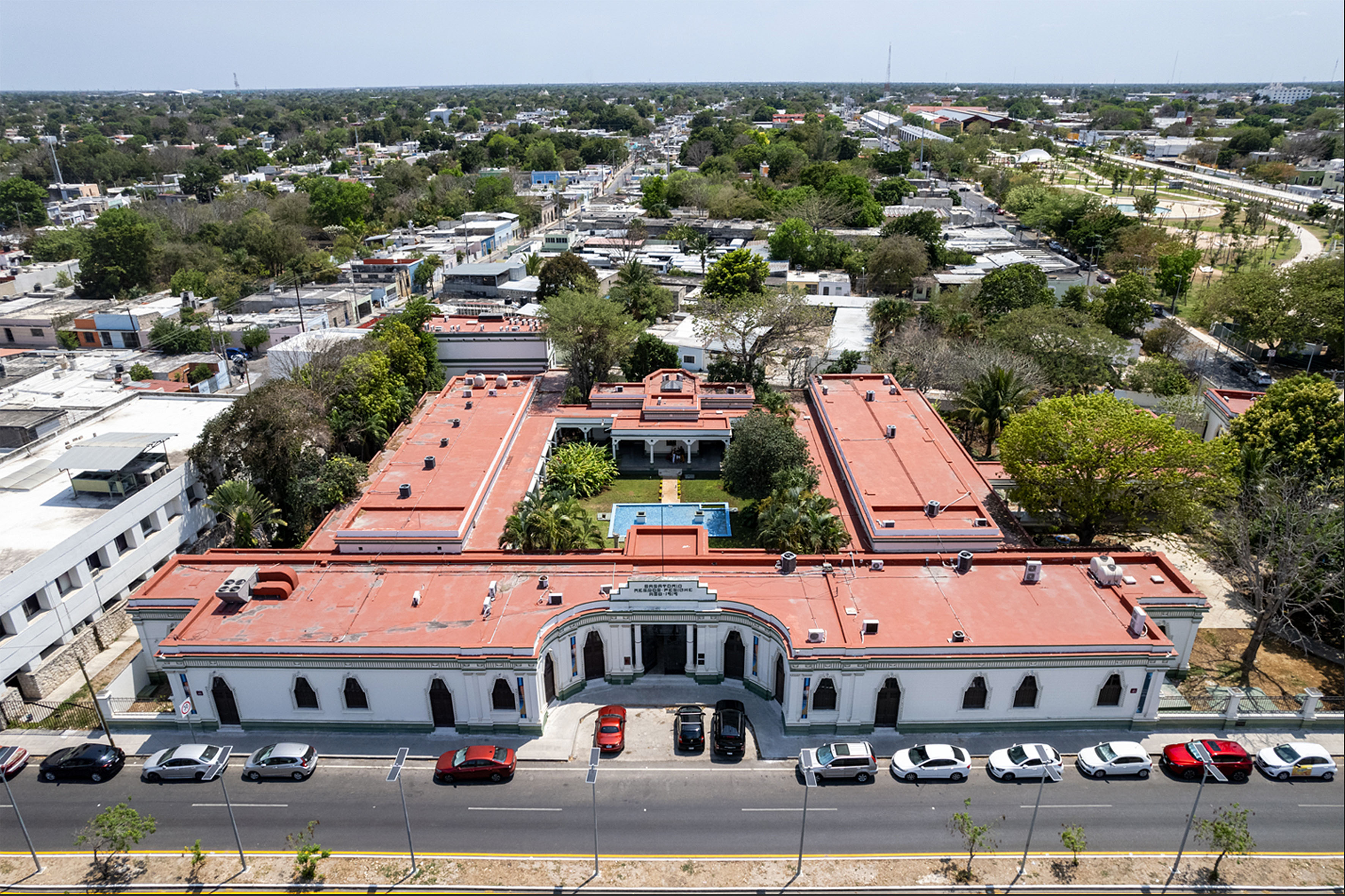The Peninsula Center for the Humanities and Social Sciences is celebrating two decades of interdisciplinary work to provide solutions to the region’s problems
20 years after its establishment, UNAM’s Peninsula Center for Humanities and Social Sciences (CEPHCIS) still faces challenges such as promoting more sustainable growth; Intensifying engagement with the university at the regional and international levels; And the project work carried out there inside and outside the institution, for which publishing and academic and cultural guidance are fundamental.
This was explained by the director of that entity, Carolina DePetris, who added: We need to do more to fulfill the commitment that being part of the National University entails, which is also a responsibility to ourselves for our commitment to this project, and to society.
CEPHCIS, the founding entity of the Yucatán State Research, Innovation and Technological Development System, located in the city of Mérida, collaborates with various academic bodies to address problems such as urban growth, the right to water or the defense of natural resources, and in the care of vulnerable populations.
Today marks two decades of operation for CEPHCIS – housed in the former Rendón Benich sanatorium – and with it UNAM’s presence in the Yucatán Peninsula.
On that date, but in 2004, the state government signed a loan agreement for the property to be the official headquarters of the then Academic Unit of Social Sciences and Humanities, which was transformed into a center on August 17, 2007, with the approval of the State Council. University Council.
It was an excellent decision by the university. Currently, this university has a campus in Yucatán and various academic entities in this region, as highlighted by Carolina DePetris.
According to the director, it is a long-term, never-ending project, because it is an effort first to achieve the goals and then to sustain and develop them, which constitutes a challenge.
The Centre, part of the Humanities subsystem, has been able to strengthen its presence in the region, thus fulfilling its mission of promoting research, human resources training (through its undergraduate, postgraduate and language courses), academic guidance and cultural diffusion.
He stressed that in this way the initial goal of bringing the humanities and social sciences to the region was achieved, along with the national mission of our university. In addition, it has contributed to Yucatán having a thriving and active scientific and technological identity today.
to celebrate
This year academic and cultural activities will be carried out, including an exhibition at the UNAM Hoy Museum, in the historic center of Mexico City: “In the Shadow of Ceiba”, in which the history of the academic entity will be remembered. And the building that houses it.
There will also be a ceremonial diploma bringing together all CEPHCIS employees, a concert will be given and a plaque will be unveiled “under the ceiba tree which is very symbolic for us because we planted it on June 10, 2004 and now it has been planted.” “It has become a truly impressive tree,” the director concluded.
It is worth noting that the former Rendon Peniche Sanatorium is a neo-Mayan architectural gem, designed in 1919. The facility served as a hospital for Southeastern railroad workers and their families. Over the years it fell into ruin and was restored by the National University.
The activities that will be implemented during the year can be found on the center’s page: www.cephcis.unam.mx (Herald)
author


-
The newspaper with the longest tradition in Saltillo.

“Creator. Devoted pop culture specialist. Certified web fanatic. Unapologetic coffee lover.”


